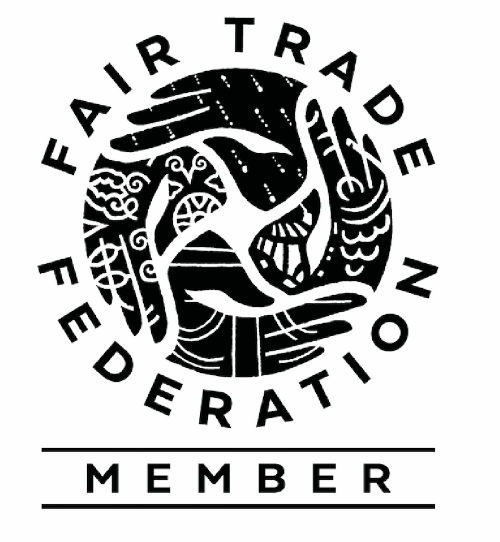One way of describing a botanical nut is to say it’s a hard, round shell with something valuable or delicious inside. Not unlike a human head. And that is how the phrase “to be nuts about someone” came to mean thoughts about that person are filling one’s head, possibly driving one crazy.

Allow me to dazzle you with the extraordinary coconut while I introduce you to someone in the tropics whose dedication to his craft spans three decades.
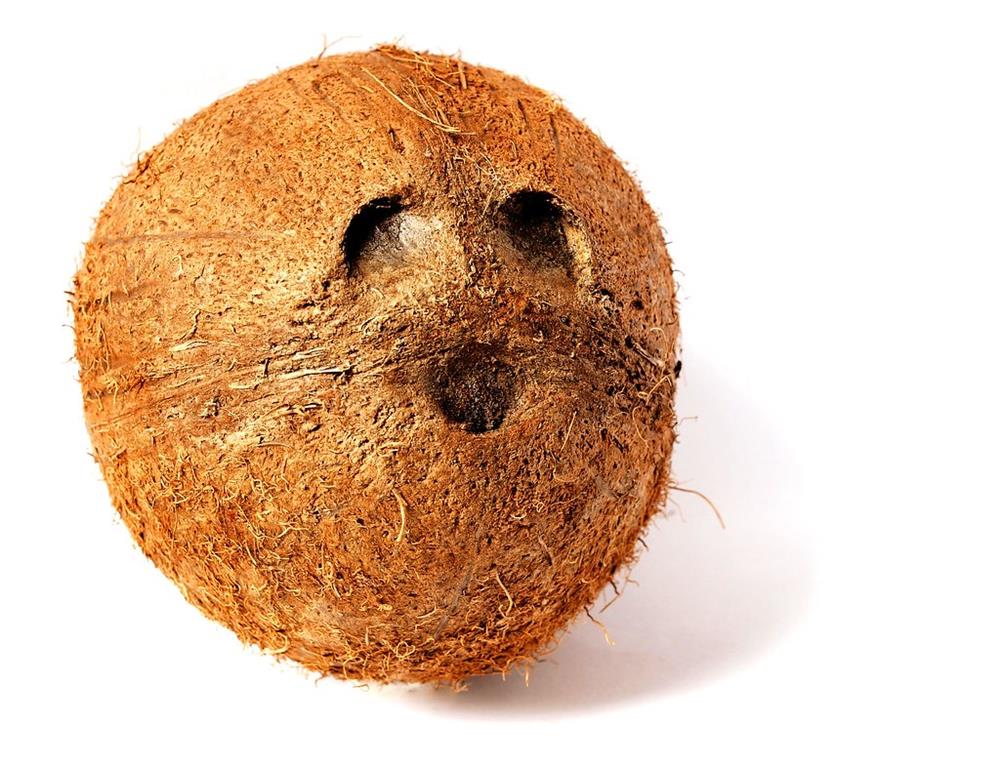
Coconuts (not truly nuts but drupes, as any botanist would tell you) grow high on slender palm trees. Ubiquitous on tropical beaches, where the salt spray and sandy soil limit the growth of most other trees, a mature coconut palm tree can produce up to 75 fruits per year. The word coconut derives from an old Portuguese word, “coco”, meaning head or skull. This is probably due to the three “holes” resembling two eyes and a mouth on its side. The holes are germination pores; a new shoot will emerge from one of these to start a new tree. The shell is softer at the holes and easily punctured to access the delicious water inside.
Apart from its culinary benefits, the shell and husk of coconut have proved functional in various ways: as fuel, as a source of carbon, as an abrasive to buff floors, or in making buttons, dishes, and musical instruments.
In Guatemala you can drink hot chocolate from a coconut cup while watching a local artisan cut intricate designs in small coconut disks, creating earrings or pendants.
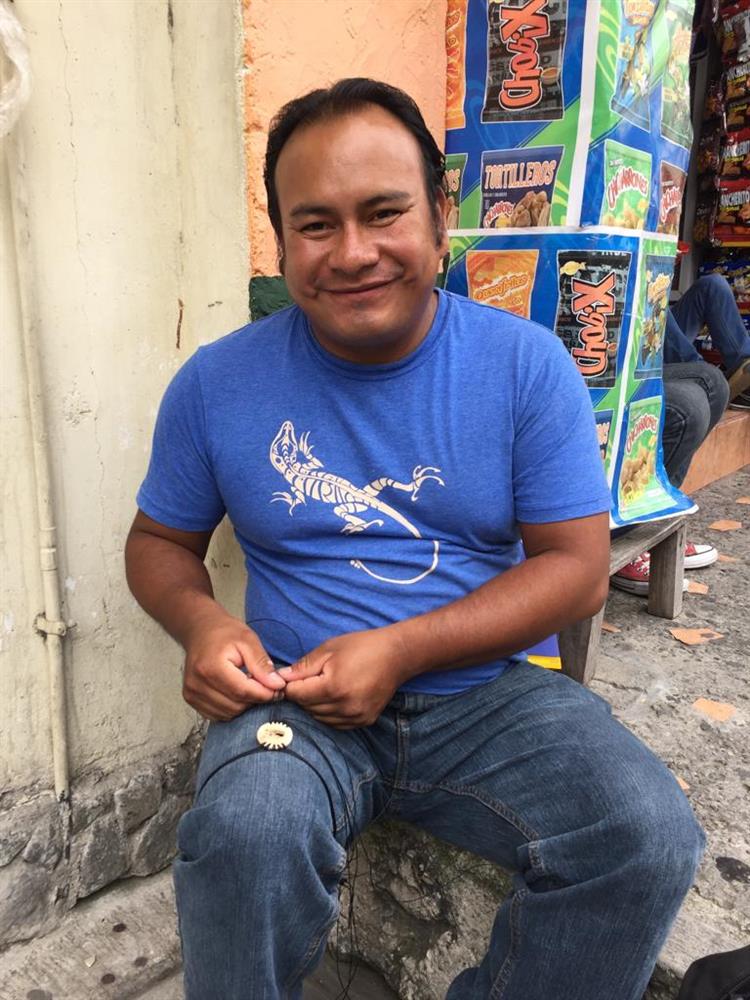

Amilcar Rafael Chocoj Jimenez has perfected this art with a tiny handsaw. Most artisans use laser these days to cut out the patterns, while Rafael takes two hours to gently carve the shell till the image appears in relief. He is a perfectionist. Painstakingly so. His work's quality stands out when compared to mass-produced copies elsewhere on display. Rafael gets serious about the general decline in quality as the demand for cheaper substitutes increases.
Like many artists in Panajachel, he used to trade from a foldable table on the main street, but recently the town’s authorities have demanded all vendors have permanent and formal points of sale. This daily challenge has brought his goal of having a proper showroom to the forefront of his mind. He talks about wanting to demonstrate to his family and friends how art grows and that you can be successful when you strive for excellence in your work.
Family is a core element of Rafael’s story. His wife, Lesly Marisol, weaves the macrame bracelets, working alongside him. They have three beautiful children. He insists the whole household is integral to what he does and proudly shows them off.
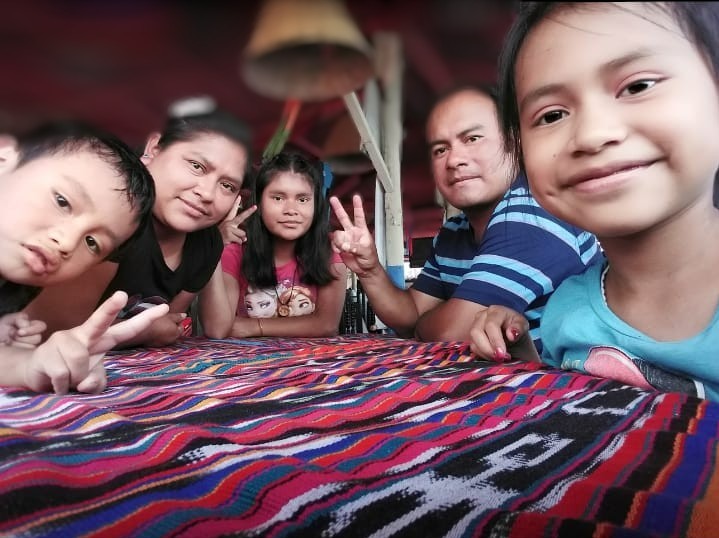
Because of widespread construction on Guatemala’s coast, obtaining his raw material is becoming increasingly complex and costly. Bamboo is an alternative he considers. We know he will continue to find a way.
Rafael’s unique creations:
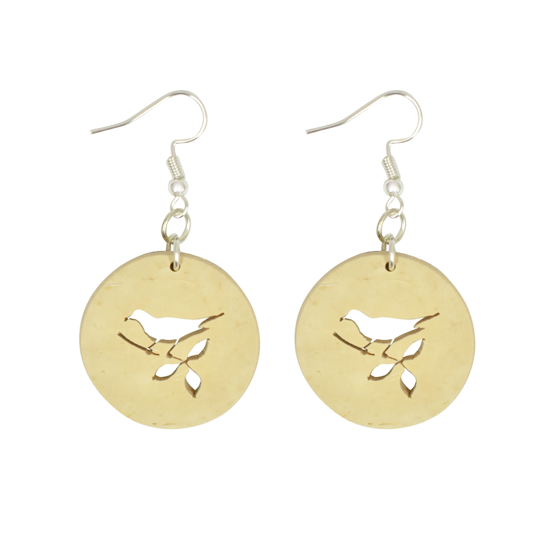
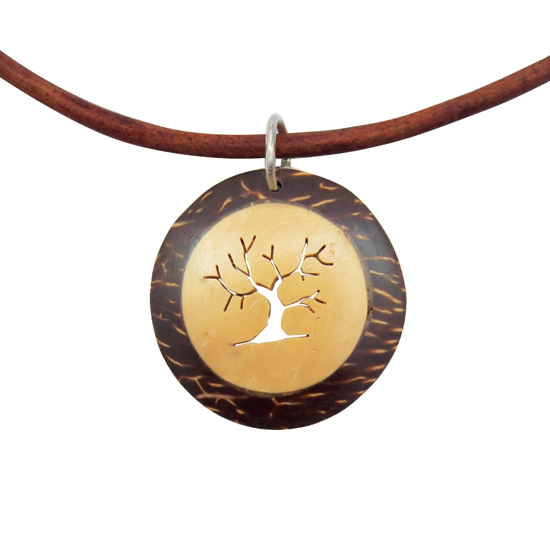
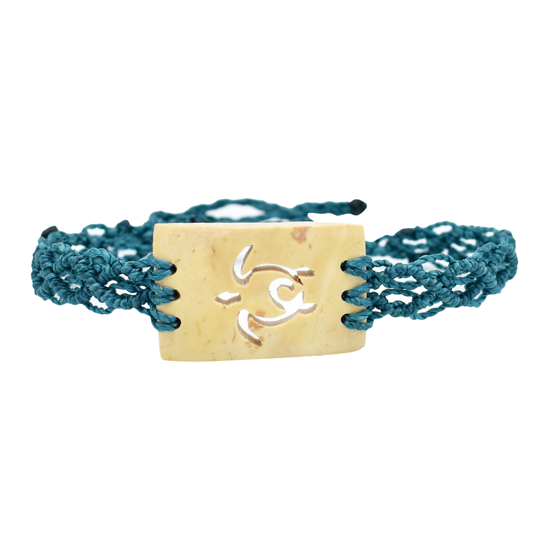
They’re stunning, they’re light, they float, and they were once drupes!

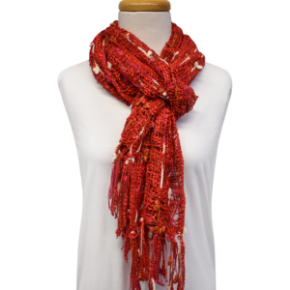
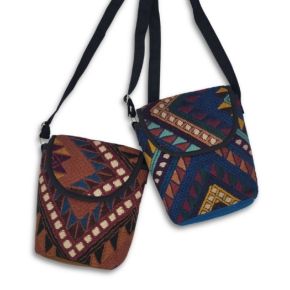
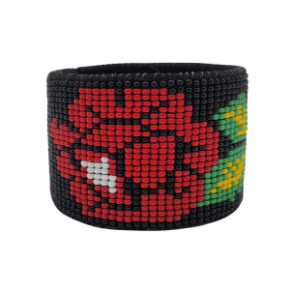
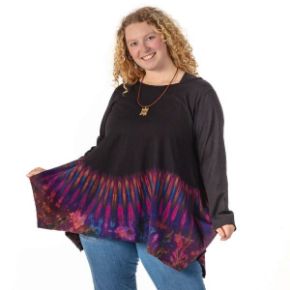
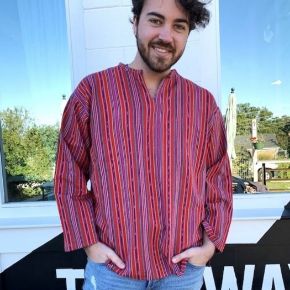

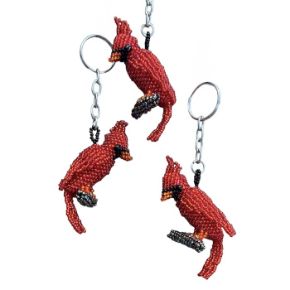

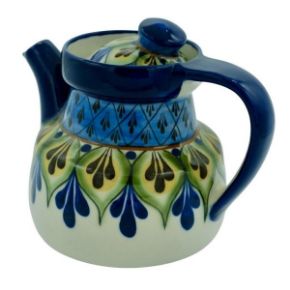
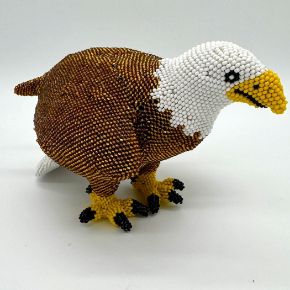
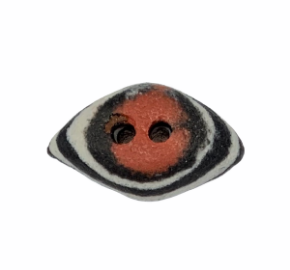
_700.jpeg)
